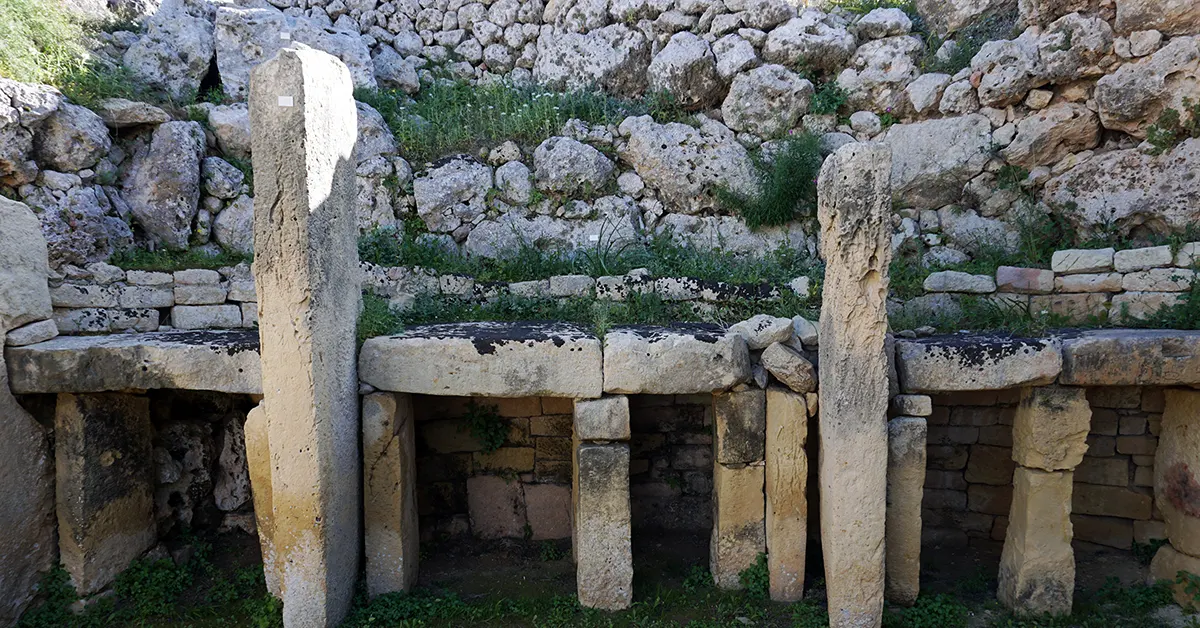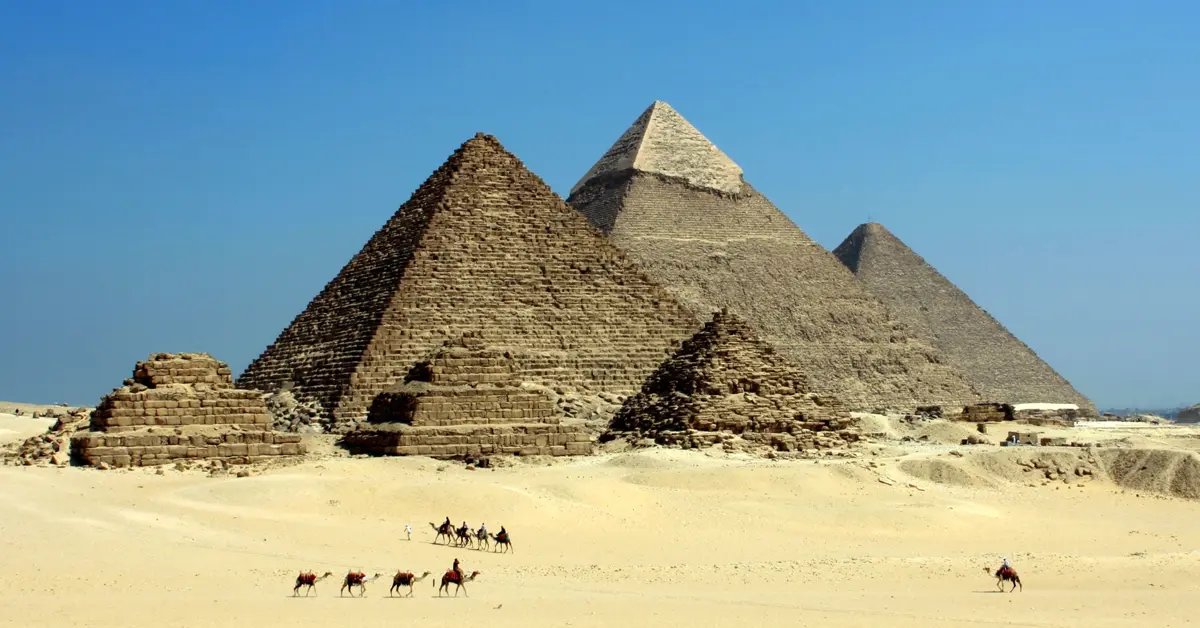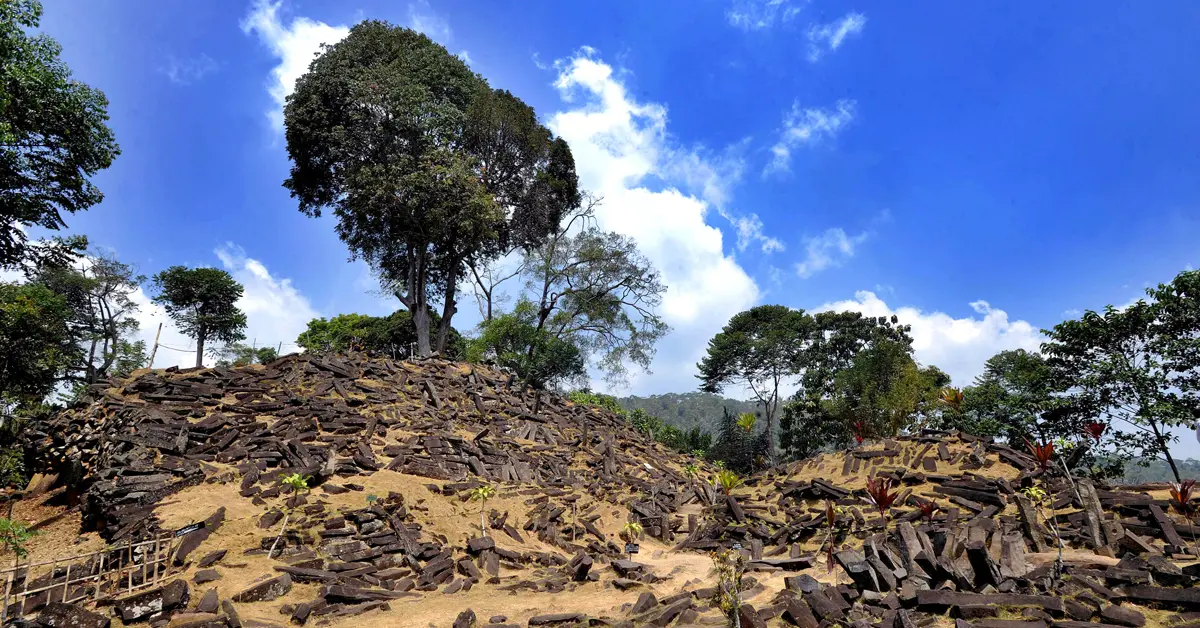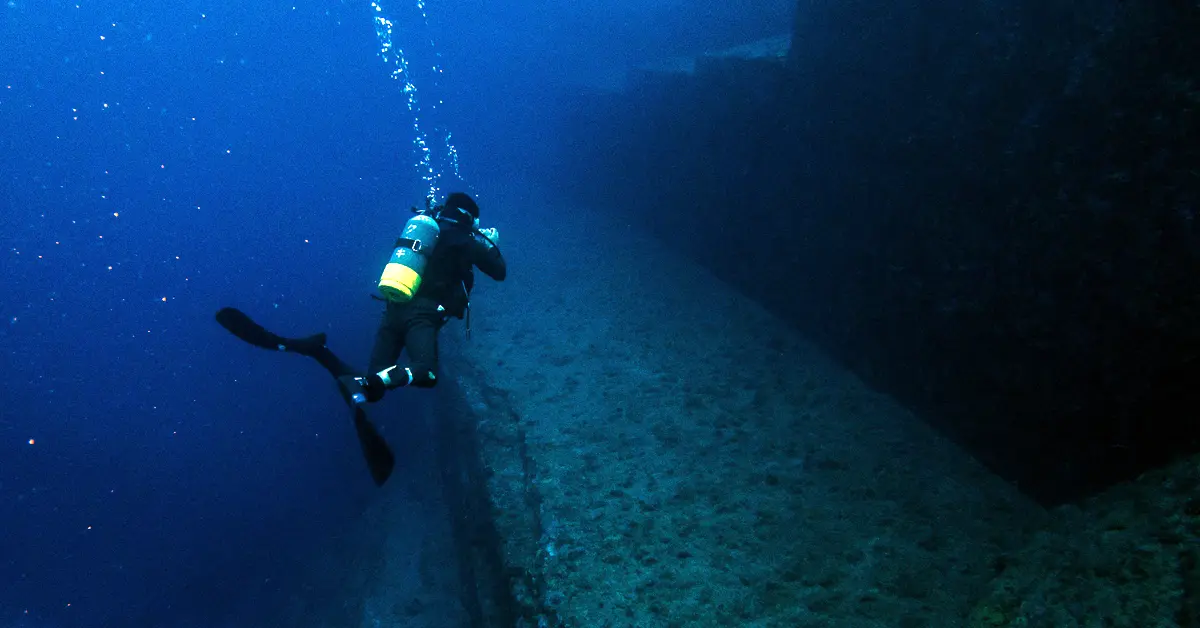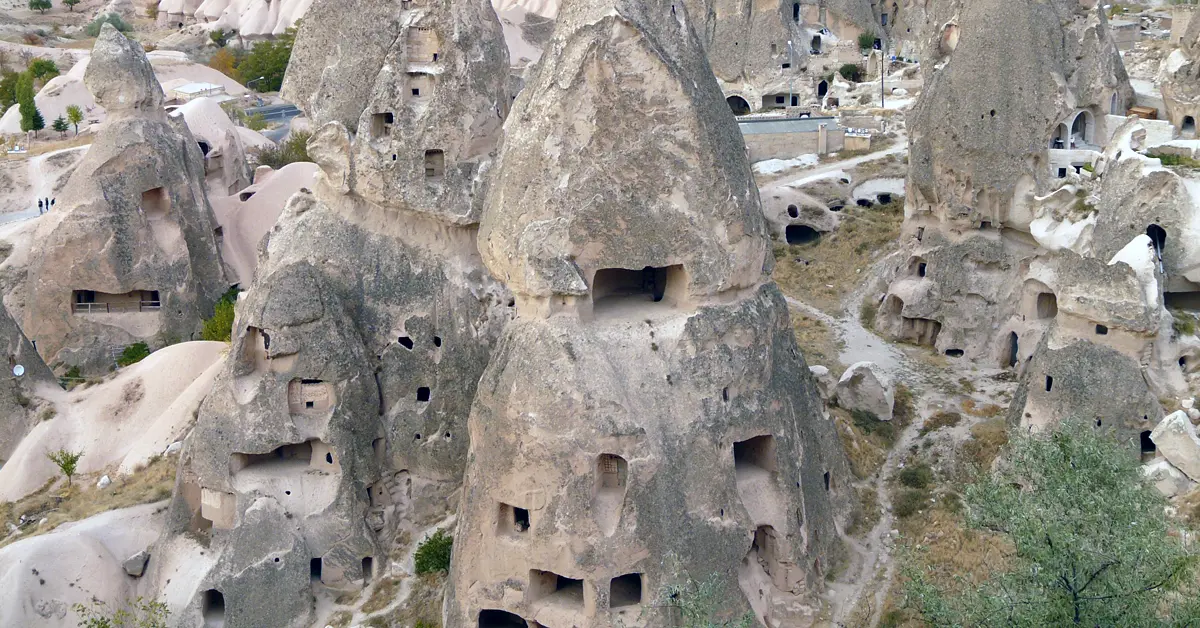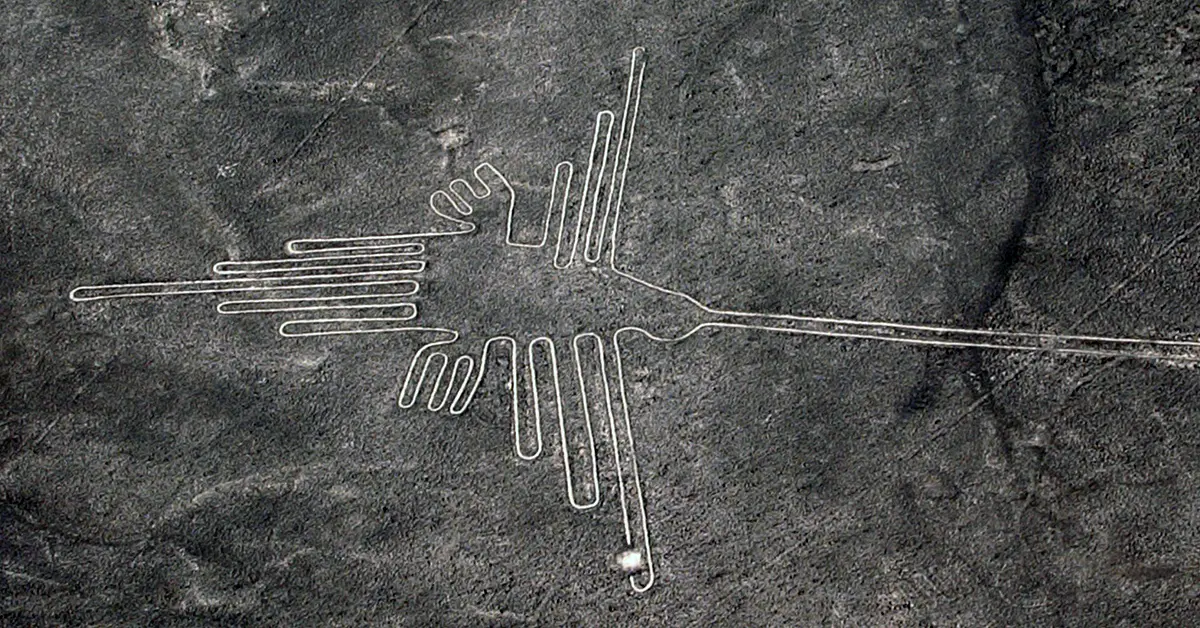A Good Story
Humanity has always loved to hear a good story, and, historically, humans have always tried to tell their story. From the earliest cave paintings to the most majestic hieroglyphics. We have tales of our past written permanently around this beautiful planet – always in the most cleverly protected places. As technology has developed, we have come to record our modern history and evolving in more advanced ways, although not always as written-in-stone and long-lasting as our ancestors. Let us hope our descendants are able to understand our digital devices!
How We Approach Ancient History Defines Our Future
Recent human history is mostly agreed upon around the world, as our cultures have become closer assimilated and linked in the formation of this very history we have shared. But, are our interpretations of previous civilisations and cultures correct? What if our interpretations were wrong? Maybe the interpretation of the use and construction of such ancient sites were made when we didn’t fully understand the culture of the people at that time, or possibly that we have since discovered new evidence that shatters previously held beliefs. We have approached the past with the eye on our present position being that of the highest and most advanced level of civilisation, it stands to reason that we can only ever evolve! But, approaching ancient history with this mindset might taint our interpretation and understanding of that previous history.
This beautiful planet holds some of the most stunning and majestic human-made structures and sites. Some of these have been with us for thousands of years. Even today, we are finding that some of these ‘ancient’ sites were actually built on previous ancient sites (a common practice in prime locations). Why did our ancestors build these things in the first place? And, possibly more importantly, how did they build these things? Any attempt to create such structures nowadays would be seemingly impossible, despite our advanced physical technology. With this in mind, we should approach the past with very open minds.
The Big Questions of WHY?
New discoveries could change our understanding of the original use of various ancient sites across the globe. For example: why is the stunning construction of Stonehenge made in such a perfect circle? Why is its neighbour, Avebury Henge, a series of perfect circles within circles? Why are the recently discovered Thornborough Henges perfect circles and following a similar construction as the other henges? Was this an agreed upon construction and what decided on their placing? These henges of similar construction were just examples of those in Britain alone. If we take into account the wider picture across the globe, it becomes even more interesting and open to discussion. Why do the pyramids of China (Xi’an), Egypt (Giza) and Mexico (Pyramid of the Sun, Cholula,) line up in a straight line across the globe? Did they have the same significance for each culture? What is the significance of their placing?
Every year brings new ideas of such placing and original usage. With Stonehenge, for example, two recent suggestions have been a “giant calendar” (although this is questioned), or even a “sound chamber” for use in rituals. There is also investigation into the idea that it also doubles up as a “lunar calendar“, too. As more discoveries are made and more questions are asked, we will begin to have a clearer picture of these wonders and their possible use and meaning or value to our distant relatives.
Early Travel
As previously mentioned, we have come to have a collective world history together in the last centuries. The advancement of global transport has allowed us to navigate far-off places, interact with different cultures and see the world from a bird’s eye perspective. Yet, if we are to believe that such travel is indeed a more recent endeavour, then why did our ancestors across the globe have similar megalithic constructions and pyramids accurately aligned to each other and far-off constellations, very similar stories across cultures, and – seemingly – sometimes even the same gods? Were earlier forms of transportation available to our ancestors, or was it simply that water levels were much lower – maybe even ice ages allowing further reach, and so we were much more interconnected by land than previously thought?
Site Usage
It would seem that the human story was not always as obvious a technological advancement as was thought to be. Many of the ancient sites across the globe show signs of extremely accurate alignment with the stars in the heavens. In fact, the stars and space seem to have been one of the most important aspects of their historic timelines. As well as the daily use to guide crop planting and the practicalities of agriculture of that time, astrological alignments seemed to have played a part in our global ancestors’ lives over all.
Looking at the various ancient sites and structures around the world – the ones that are still standing tall and proud in our current historical timeline – we can only wonder how the people of those times saw them. We look at them now with awe and speculation, and yet they were part of everyday life for our ancestors. If our ancestors were to see our present-day skyscrapers, giant telescopes and glass buildings, they would no doubt feel that same awe and speculation. It would seem we possibly have much to learn from our ancestors and how they lived, worshipped their gods and what they deeply believed in. True science has the wonderful habit of constantly evolving through self-questioning and the revisiting of long-held ideas on subjects. This is something that is very much the case and need in understanding our past and the former civilisations that helped shape our present-day world.
Early Energy and Sound Use
One interesting aspect of modern science is that energy, and its use, is being more considered. Maybe this is something our ancient ancestors knew about and even practiced. New theories about the use of ancient sites and structures seem to suggest that energy was a part of their use, and even used in the construction of such sites – although this is a more fringe research. It appears that some ancient sites around the world have certain soundwave resonance that can be reached using resonant key humming – the resulting resonant frequencies then possibly being used in forms of healing, spiritual enlightenment or other such possibilities. Obviously, some of these ideas are yet to be fully researched or proven. The Hypogeum of Hal Saflieni, in Malta, is one such place where sound is seemingly a very important aspect of its use. What its true use was is still open to debate, but it is thought to be the oldest prehistoric underground temple in the world. In fact, this particular UNESCO World Heritage Site is being scientifically studied by experts from around the globe. In February this year (2024) saw the Archaeoacoustics Conference to study this very site and its particular acoustic properties.
The Majestic and the Mundane
Of course, there are many ancient sites around the world that are clearly with an everyday living function, but that have a majesty about them that is beyond words. Often, they are a testament to human ingenuity and creativity. Such places as Machu Picchu can only leave one with a sense of awe at the sheer beauty, scale and positioning in the landscape. Another example of an awesome city in stone is Petra. Built into the sandstone of the desert mountains, this “Rose City” is beyond the extravagance and beauty of anything we would build today.
We then have the interesting sites that are both functional cities/settlements in their own right, but have an interesting element about them that is not quite fully agreed upon. Göbekli Tepe is the oldest settlement known today, with Ġgantija in Gozo (Malta) being the second. Göbekli Tepe has all the hallmarks of an organised settlement but with an interesting ceremonial area, featuring large T-shaped stones seemingly celebrating animals or animal sacrifice. Although not an awe-inspiring site, it is still an interesting one and is open to debate about the use of the possible ceremonial/religious area.
One thing is for sure, our ancestors left us beautiful and enigmatic legacies that we have yet to fully understand or decode. Maybe our future technologies and evolving are all to be found in our deep past. As we better understand the ancient clues before us, we will advance beyond. The human story is an ongoing one and, hopefully, these are still the early chapters of our collective book.
A Good Story
Humanity has always loved to hear a good story, and, historically, humans have always tried to tell their story. From the earliest cave paintings to the most majestic hieroglyphics. We have tales of our past written permanently around this beautiful planet – always in the most cleverly protected places. As technology has developed, we have come to record our modern history and evolving in more advanced ways, although not always as written-in-stone and long-lasting as our ancestors. Let us hope our descendants are able to understand our digital devices!
How We Approach Ancient History Defines Our Future
Recent human history is mostly agreed upon around the world, as our cultures have become closer assimilated and linked in the formation of this very history we have shared. But, are our interpretations of previous civilisations and cultures correct? What if our interpretations were wrong? Maybe the interpretation of the use and construction of such ancient sites were made when we didn’t fully understand the culture of the people at that time, or possibly that we have since discovered new evidence that shatters previously held beliefs. We have approached the past with the eye on our present position being that of the highest and most advanced level of civilisation, it stands to reason that we can only ever evolve! But, approaching ancient history with this mindset might taint our interpretation and understanding of that previous history.
This beautiful planet holds some of the most stunning and majestic human-made structures and sites. Some of these have been with us for thousands of years. Even today, we are finding that some of these ‘ancient’ sites were actually built on previous ancient sites (a common practice in prime locations). Why did our ancestors build these things in the first place? And, possibly more importantly, how did they build these things? Any attempt to create such structures nowadays would be seemingly impossible, despite our advanced physical technology. With this in mind, we should approach the past with very open minds.
The Big Questions of WHY?
New discoveries could change our understanding of the original use of various ancient sites across the globe. For example: why is the stunning construction of Stonehenge made in such a perfect circle? Why is its neighbour, Avebury Henge, a series of perfect circles within circles? Why are the recently discovered Thornborough Henges perfect circles and following a similar construction as the other henges? Was this an agreed upon construction and what decided on their placing? These henges of similar construction were just examples of those in Britain alone. If we take into account the wider picture across the globe, it becomes even more interesting and open to discussion. Why do the pyramids of China (Xi’an), Egypt (Giza) and Mexico (Pyramid of the Sun, Cholula,) line up in a straight line across the globe? Did they have the same significance for each culture? What is the significance of their placing?
Every year brings new ideas of such placing and original usage. With Stonehenge, for example, two recent suggestions have been a “giant calendar” (although this is questioned), or even a “sound chamber” for use in rituals. There is also investigation into the idea that it also doubles up as a “lunar calendar”, too. As more discoveries are made and more questions are asked, we will begin to have a clearer picture of these wonders and their possible use and meaning or value to our distant relatives.

Early Travel
As previously mentioned, we have come to have a collective world history together in the last centuries. The advancement of global transport has allowed us to navigate far-off places, interact with different cultures and see the world from a bird’s eye perspective. Yet, if we are to believe that such travel is indeed a more recent endeavour, then why did our ancestors across the globe have similar megalithic constructions and pyramids accurately aligned to each other and far-off constellations, very similar stories across cultures, and – seemingly – sometimes even the same gods? Were earlier forms of transportation available to our ancestors, or was it simply that water levels were much lower – maybe even ice ages allowing further reach, and so we were much more interconnected by land than previously thought?
Site Usage
It would seem that the human story was not always as obvious a technological advancement as was thought to be. Many of the ancient sites across the globe show signs of extremely accurate alignment with the stars in the heavens. In fact, the stars and space seem to have been one of the most important aspects of their historic timelines. As well as the daily use to guide crop planting and the practicalities of agriculture of that time, astrological alignments seemed to have played a part in our global ancestors’ lives over all.
Looking at the various ancient sites and structures around the world – the ones that are still standing tall and proud in our current historical timeline – we can only wonder how the people of those times saw them. We look at them now with awe and speculation, and yet they were part of everyday life for our ancestors. If our ancestors were to see our present-day skyscrapers, giant telescopes and glass buildings, they would no doubt feel that same awe and speculation. It would seem we possibly have much to learn from our ancestors and how they lived, worshipped their gods and what they deeply believed in. True science has the wonderful habit of constantly evolving through self-questioning and the revisiting of long-held ideas on subjects. This is something that is very much the case and need in understanding our past and the former civilisations that helped shape our present-day world.
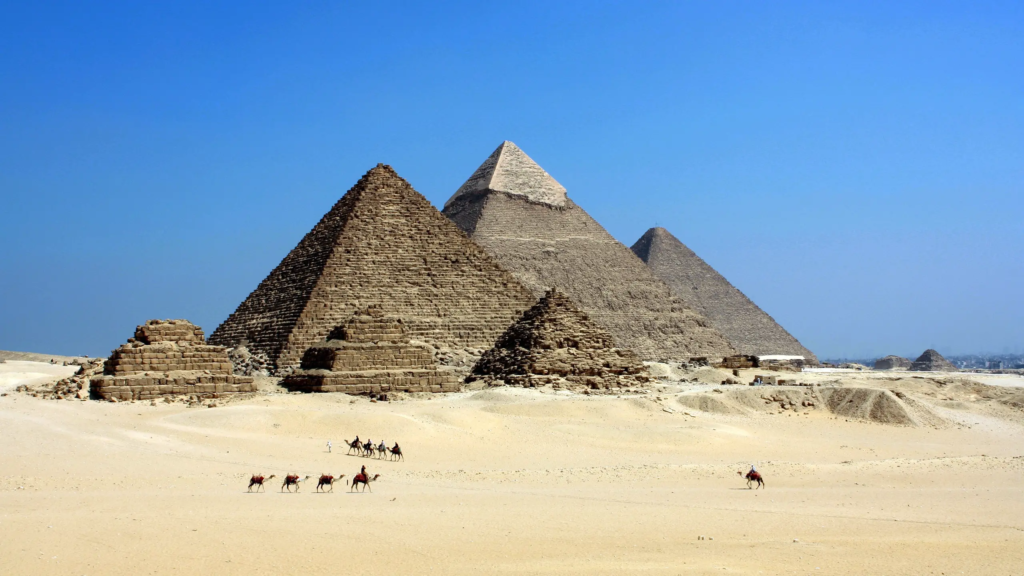
Early Energy and Sound Use
One interesting aspect of modern science is that energy, and its use, is being more considered. Maybe this is something our ancient ancestors knew about and even practiced. New theories about the use of ancient sites and structures seem to suggest that energy was a part of their use, and even used in the construction of such sites – although this is a more fringe research. It appears that some ancient sites around the world have certain soundwave resonance that can be reached using resonant key humming – the resulting resonant frequencies then possibly being used in forms of healing, spiritual enlightenment or other such possibilities. Obviously, some of these ideas are yet to be fully researched or proven. The Hypogeum of Hal Saflieni, in Malta, is one such place where sound is seemingly a very important aspect of its use. What its true use was is still open to debate, but it is thought to be the oldest prehistoric underground temple in the world. In fact, this particular UNESCO World Heritage Site is being scientifically studied by experts from around the globe. In February this year (2024) saw the Archaeoacoustics Conference to study this very site and its particular acoustic properties.
The Majestic and the Mundane
Of course, there are many ancient sites around the world that are clearly with an everyday living function, but that have a majesty about them that is beyond words. Often, they are a testament to human ingenuity and creativity. Such places as Machu Picchu can only leave one with a sense of awe at the sheer beauty, scale and positioning in the landscape. Another example of an awesome city in stone is Petra. Built into the sandstone of the desert mountains, this “Rose City” is beyond the extravagance and beauty of anything we would build today.
We then have the interesting sites that are both functional cities/settlements in their own right, but have an interesting element about them that is not quite fully agreed upon. Göbekli Tepe is the oldest settlement known today, with Ġgantija in Gozo (Malta) being the second. Göbekli Tepe has all the hallmarks of an organised settlement but with an interesting ceremonial area, featuring large T-shaped stones seemingly celebrating animals or animal sacrifice. Although not an awe-inspiring site, it is still an interesting one and is open to debate about the use of the possible ceremonial/religious area.
One thing is for sure, our ancestors left us beautiful and enigmatic legacies that we have yet to fully understand or decode. Maybe our future technologies and evolving are all to be found in our deep past. As we better understand the ancient clues before us, we will advance beyond. The human story is an ongoing one and, hopefully, these are still the early chapters of our collective book.

